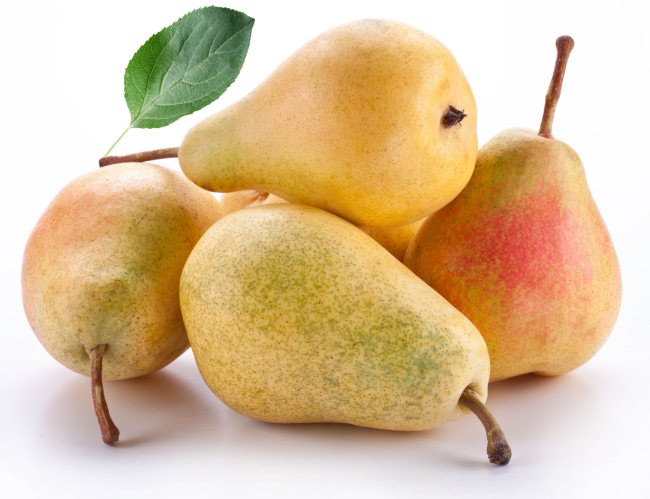You rarely find leeks on the shelves of grocery stores, people know little about it and most of them simply do not know how to cook. And in vain, this representative of onions is a storehouse of vitamins and nutrients necessary for the human body, many do not even guess how many diseases leeks can cure. Leeks, when compared with their congeners, are a real giant. However, this is also a bow. Big and tasty. The advantage of leeks is that not only the leg is edible, but also the leaves.

- The vegetable has long been recognized as a symbol of one of the parts of the Kingdom of Great Britain – Wales; every year on March 1, residents celebrate a holiday – St. David’s Day. There is a legend according to which during the battle against the Saxons in the 6th century, the bishop and educator David of Welsh, ordered his army to attach a leek to his helmet to distinguish his comrades-in-arms from enemies.
- The Roman emperor Nero used it in large quantities, trying to preserve his voice for delivering lengthy speeches to the public.
- Several centuries ago, this vegetable was used as an aphrodisiac, people believed that it increased sexual desire and drank the juice from leek stalks mixed with celery. To this day, this recipe is used in traditional medicine.
- Leek is a vegetable, without exaggeration, deserved and famous. He has a place of honor in haute cuisine. And all because it is very fond of French chefs – the trendsetters of culinary fashion. It is also very popular in Italy and Poland, however, their leeks are usually added to soups and, following the example of the French, are used in a bunch of aromatic herbs. But in reality, the culinary uses of leeks are much broader. Most of the world’s leeks are grown in France, Belgium, and the Netherlands. In Great Britain, the main symbol of Wales is considered to be the leek.
- Unlike other types of leeks, the plant is demanding: it does not like cold weather or heat, but the soil loves sandy or silty, well fed with organic matter. They grow it from seeds, and those seeds must first be soaked, then planted in pots, then transplanted into open ground, thinned out, spud, and so on. In a word, an aristocrat! Fortunately, although its storage requirements are less demanding: in the refrigerator, in the vegetable compartment, it can be stored for 7–8 days without loss of quality. And in a well-ventilated cool closet, it will “live” for several months.
- In medical nutrition, leeks are widely used due to such properties as improving appetite and diuretic effect. Leeks are useful for obesity, indigestion, gout, arthritis, kidney stones, high blood pressure.
- Leeks are added to soups and salads, stews, and sauces, they are used to make fillings for pies and cakes, baked, fried, stewed, steamed, grilled … Young leek stalks are good in fresh salads, they are eaten whole, with herbs … But over time, the green leaves become coarse and fibrous, the most you can do with it is to add such a leaf to a soup or stew for flavor.
- Why do we cry when we peel onions? It turns out that onions contain “lacrimator”. This is a substance that is released when peeling onions, as a result of certain chemical reactions, sulfuric acid is formed, which irritates the mucous membrane of the eyes and, of course, tears.
- Leeks, like any vegetable, should be washed before use, but there are tricks. Leek is grown on sandy soils, and getting rid of small grains of sand that are hidden between the leaves is not easy. The onion stalk should be cut in half lengthwise and rinsed under running water. And in order to wash off all the dirt completely, after that you need to rinse the cut stem in cool water with baking soda (1 tablespoon of soda per 1 liter of water).









